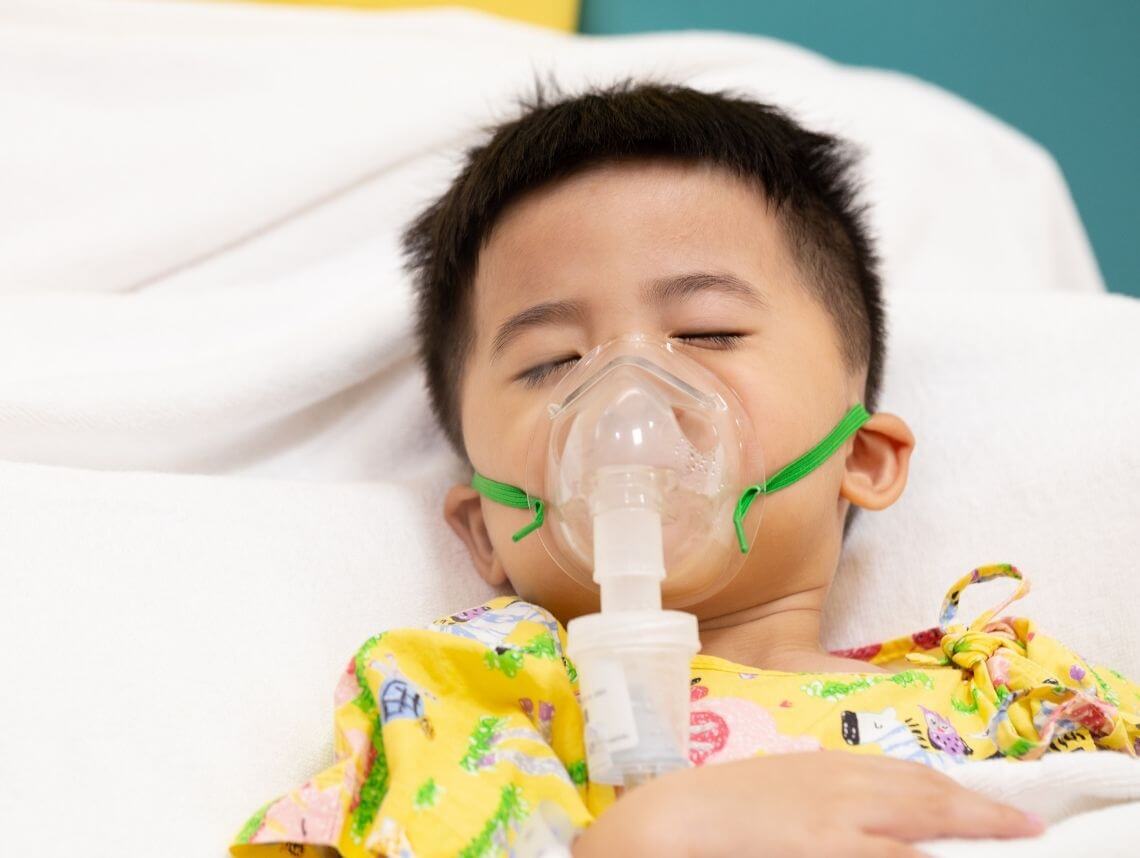Respiratory distress and respiratory failure are both serious conditions that affect breathing. In some situations they can be related, but they are distinct conditions that should be understood separately. Both are typically treated as medical emergencies due to the fact that they interfere with the basic function of breathing.
By learning more about respiratory distress and failure and the differences, you can work toward the best possible response when encountering a breathing or respiratory problem in yourself or a loved one.
What is respiratory distress?
The most basic definition of respiratory distress is when the lungs are unable to take in enough oxygen to transfer to the bloodstream. One form of respiratory distress is acute respiratory distress syndrome (ARDS), which causes fluid to build up in the lungs, inhibiting breathing and the transfer of oxygen into the bloodstream. ARDS usually develops in patients who are already dealing with another disease or serious injury.
Signs of Respiratory Distress
The most common sign of respiratory distress is labored breathing due to the air sacs being filled with fluid. Respiratory distress can happen quickly or develop over a couple of days, depending on the underlying cause. Other symptoms include:
- Visible bluish color around the mouth or fingertips
- Flaring nostrils
- Abnormal sounds when exhaling, such as grunting or wheezing
- Sinking chest when breathing
- Sweating
If you notice any of these signs, it is important to seek immediate medical assistance if you or the patient is not already under care.
What is respiratory failure?
According to the NIH, respiratory failure is when there is too little oxygen or too much carbon dioxide in the bloodstream due to the lungs being unable to properly perform the exchange. When this occurs, the body begins to shut down, which can cause long-term damage and be potentially life-threatening.
Respiratory failure can be both acute and chronic, depending on the cause. Like respiratory distress, respiratory failure can be caused by illness or injury, as well as chronic conditions that affect the muscles used for breathing.
In addition to symptoms such as difficulty breathing and a bluish tint on the lips and extremities, hallmark signs of respiratory distress include:
- A sensation known as “air hunger” or the feeling of not being able to get enough air due to low oxygen in the blood
- Heart arrhythmias or an abnormally low heartbeat
- Confusion, drowsiness, or loss of consciousness due to low oxygen in the brain
Whether a person is dealing with chronic or acute respiratory failure, the above signs indicate a medical emergency that requires immediate assistance.
The Difference Between Respiratory Distress and Respiratory Failure
While some may use them interchangeably, there is a difference between respiratory distress versus respiratory failure in the definitions of the terms themselves. In medicine, distress generally means an inability to adapt to stressors and return to a normal state. Failure refers to an inability of an organ or system to function properly.
Respiratory distress can often lead to respiratory failure, although this is not always the case. Similarly, it is possible for respiratory failure to occur without obvious signs of respiratory distress. Overall, it is up to a physician to diagnose respiratory distress, respiratory failure, or both in an individual patient.
The most important thing to know is that any of the above symptoms of respiratory distress or respiratory failure should be taken very seriously. If a patient is diagnosed with chronic respiratory failure, they should receive immediate medical assistance.
Contact Care Options for Kids For Pediatric Home Health Care
It can be hard to balance your time between work, home, and caring for a child. That’s why our team of skilled professionals at Care Options for Kids is here to help.
Our home health care services offer support in the comfort of your home. We refer loving and competent nurses to provide customized care for families — from a few hours a day to around-the-clock supervision. Contact us directly to speak with a home health care professional or request a free in-home assessment. Together we can determine the best plan of action to keep your loved ones happy and healthy.
If you are considering pediatric home health care services, contact the caring staff at Care Options for Kids. Call today at (888) 592-5855.






